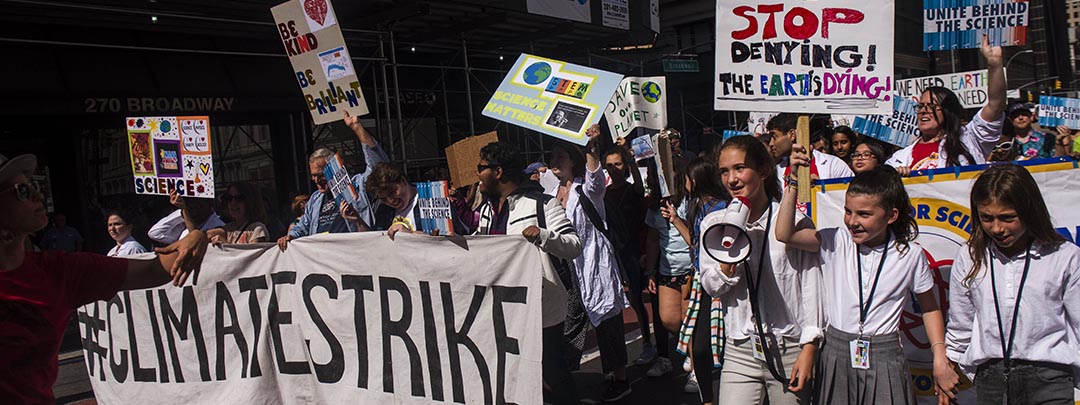Addressing Masculinities and Gender Stereotypes to Prevent Violent Extremism and Terrorism
Sep 30, 2021
|
Pablo Arrocha Olabuenaga
View Original
Fifteen years ago, the General Assembly unanimously adopted the United Nations Global Counter-Terrorism Strategy (GCTS), which has served as the backbone for the efforts of States to prevent and combat the threat of terrorism within the U.N. system. Last June, the U.N. General Assembly held the Seventh Review of the Strategy and adopted resolution 75/291.
Consistent with its feminist foreign policy, one of Mexico’s priorities in that process was to strengthen the language in order to consolidate a truly crosscutting and holistic gender approach that would in turn also strengthen the preventive nature of the Global Strategy. It is worth noting that there is no reference to gender in the Strategy itself. The Secretary-General’s Plan of Action to Prevent Violent Extremism adopted in 2015 does indicate, however, that States should consider adopting national plans aligning them to the U.N. Sustainable Development Goals, including Goal 5: achieving gender equality and empowering all women and girls as a means to addressing the drivers of violent extremism conducive to terrorism.
